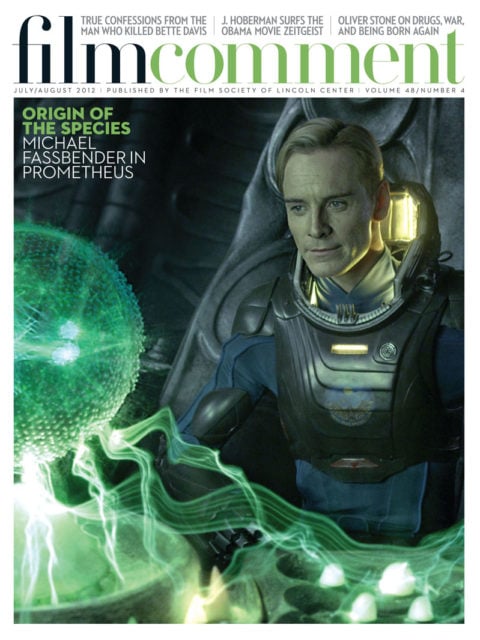Over the past decade or so, an inexorable process could be witnessed on the Croisette: gradually, it seems as if Latin American cinema has replaced the cinema of the Far East in the festival’s offerings. Whereas in the late Eighties and most of the Nineties one could expect a good jolt from the various cinematic waves emerging from Asia, that now is increasingly true of Latin America. Moreover, the films have been coming not only from the old standbys (Argentina, Brazil, and Mexico) but from Colombia, Chile, Peru, nations that until recently have seen sporadic cinematic output.

No
Perhaps the best of this year’s Latin vintage was Pablo Larraín’s No, winner of the top prize in Directors’ Fortnight. No stranger to Cannes—his Tony Manero was one of the discoveries of 2008—Larraín returned with his best film yet. In 1988, in an effort to extend and legitimize its rule, the Chilean military junta that had overthrown elected president Salvador Allende in 1973 announced it would hold a plebiscite to obtain the people’s permission to stay in power. The anti-Pinochet forces were largely dispirited: despite being given 15 minutes on television each day to plead their case, the country was generally doing well, and people feared the outcome of a vote against the military. Enter adman René Saavedra (an excellent Gael García Bernal); although somewhat apolitical, Rene does know how to sell products to the country’s burgeoning middle class, and with others in the anti-Pinochet “No” movement, he sets out to sell them freedom and democracy. Like Sebastian Mitre’s The Student, No presents politics as really hard work: there are lots of bad ideas, false starts, misunderstandings, and personal problems. But gradually the movement gains momentum—thanks partly to Rene’s ads—and even though we know the outcome, the announcement of the results is emotionally overwhelming. You can feel the euphoria coursing through the streets.
Boldly, Larraín chose to shoot the film on U-matic tape, the video format favored by TV news in the late Eighties. Full of grain and shallow in focus, the technique puts the action one step removed from us—it’s both past yet awfully familiar. The use of U-matic also allows period footage, including some of the political commercials for both sides, to blend seamlessly with the action. Gael García Bernal hasn’t been this good in years, and he’s ably seconded by Larraín stalwart Alfredo Castro (Tony Manero).

La Sirga
A nice surprise, also in the Directors' Fortnight, was Colombian William Vega’s first feature, La Sirga. After a brief explosion of cinematic output in the late Eighties, Colombia in just the past couple of years has re-emerged as one of the true hotspots for Latin American cinema. Set in a remote rural village, La Sirga begins as a young woman, Alicia, arrives seeking shelter at the home of her Uncle Oscar. Alicia is fleeing some undefined threat—whether the rebels, the narcos, or government forces is never explained. Moreover, her presence seems to upset the delicate sexual balance in the village. Vega effectively conveys that imminent violence is lurking throughout this otherwise tranquil hamlet; rarely has a film more effectively captured the sense of a place under siege by largely invisible, external forces.

White Elephant
Also on view at Cannes was Pablo Trapero’s latest, White Elephant. Trapero has become something of a fixture at the festival; this is his third film in a row to have its international premiere there. Already a major hit in Argentina, the film begins as Father Nicolas (Dardenne regular Jérémie Renier) escapes a massacre in some unknown Latin American jungle. He’s sent to work with his old mentor, Father Julián (Ricardo Darín), in a huge shantytown outside Buenos Aires, and becomes involved in—and frustrated by—the attempts to organize the community. White Elephant is that rare contemporary film that actually feels too short: perhaps in a format such as a television miniseries Trapero could have fully fleshed out the many interesting and important topics his film touches upon. Sadly, nothing is really developed in any depth, and his characters, despite the excellence of his actors, all seem one-dimensional. Trapero is an important and in the Latin American context amazingly prolific filmmaker. Here’s hoping that his future projects will bring back that same powerful, careful observation of people and places that so distinguished his early works such as Crane World and El Bonaerense.








